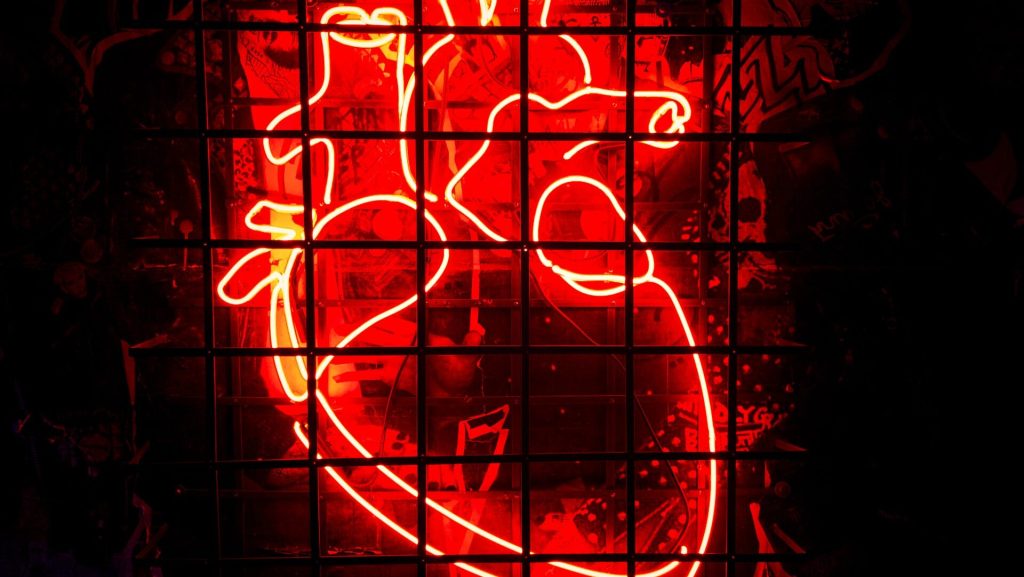
Twenty years ago, clinicians first attempted to regenerate a failing human heart by injecting muscle myoblasts into the heart during a bypass operation. Despite high initial hopes and multiple studies since then, attempts to remuscularise an injured heart have met with little, if any, success.
Yet, there is hope that a therapy will be developed, according to experts in a Journal of the American College of Cardiology state-of-the-art review. The challenge is this: A heart attack kills heart muscle cells, leading to a scar that weakens the heart, often causing eventual heart failure. The lack of muscle repair is due to the very limited ability of mammalian heart muscle cells to proliferate, except during a brief period around birth.
In the review, the experts focus on three topics. First are several recent clinical trials with intriguing results. Second is the current trend of using cell-derived products like exosomes rather than muscle cells to treat the injured heart. For the third topic, authors discuss likely future experiments to replace a myocardial scar with heart muscle cells by ‘turning back the clock’ of the existing cardiomyocytes, rather than trying to inject exogenous cells. These efforts try to reverse the inability of mature mammalian heart muscle cells to proliferate.
Clinical trials
One of the clinical trials reviewed involved giving cardiosphere-derived cells to patients with Duchenne muscular dystrophy, which affects both heart and skeletal muscles.
Cardiosphere-derived cells are a type of heart stromal/progenitor cell that has potent immunomodulatory, antifibrotic and regenerative activity in both diseased hearts and skeletal muscle. The HOPE-2 trial gave repeated intravenous doses of cardiosphere-derived cells to patients with advanced Duchenne disease, most of whom were unable to walk. Preliminary results showed safety, as well as major improvements in heart parameters such as left ventricle ejection fraction and reduced left ventricle size.
The HOPE-2 trial evaluated a repeated sequential dosing regimen of cell therapy for any cardiac indication, evaluated intravenous cardiosphere-derived administration, and clinically benefitted Duchenne patients.
Two features of the trial may bode well: a move away from invasive cardiac-targeted cell delivery and toward easily administered intravenous cell delivery, and the use of sequential repeated cell doses.
Cell-derived products
Few cells transplanted into the heart survive, though some functional benefits in heart performance have been seen despite physical clearance of grafted cells. It could be possible that the cells were acting not as replacements but rather boosters of endogenous repair pathways through the release of a wide array of tissue-repairing biomolecules.
This led to investigation of using cell-derived products rather than transplanting cells. Most of these biomolecules – proteins and non-coding nucleic acids – are enclosed in tiny vesicles that cells release naturally. When the vesicles, including exosomes, merge into recipient cells, the biomolecules can modulate signaling pathways. Using vesicles or exosomes involves a simpler manufacturing process compared with live cells, the ability to control quality and potency, and being able to refrigerate the vesicles to make administration simpler.
An alternative approach to the vesicle cell-derived products was the finding that injected stem cells can promote cardiac repair through release of biologically active molecules acting as short-range, paracrine hormones. These molecules are distinct from the biomolecules in vesicles or exosomes.
However, before use of any of these cell-derived products for heart repair in early trials, the reviewers say, more experiments are needed in purification of the products, potential modes of delivery and the suitability of repeated doses.
Proliferation of endogenous heart cells
The final review topic looked ahead toward endogenous generation of cardiomyocytes – in other words, forcing existing native cardiomyocytes to divide, or other cells to become cardiomyocytes.
Pigs can regenerate heart muscle for only a few days after birth. But in one remarkable study, researchers injured the heart by removing part of the apex of the left ventricle one day after birth, and then induced heart attack 28 days after birth. Control pigs without the Day 1 resection showed no repair of heart attack damage at Day 56. In contrast, the pigs that had a resection one day after birth, and then had experimental heart attacks at Day 28, showed heart repair by Day 56 – notably an absence of dead heart muscle, known as an infarction. Furthermore, these pigs had more cardiomyocytes throughout their left ventricles.
This study showed that heart muscle cells in large mammals can be induced to proliferate and regenerate by inducing a heart injury at Day 1 to extend the neonatal regneration window. “If this cardiomyocyte cell-cycle activation can be activated in neonates, the same signaling pathways may be activated in adults as well,” the authors wrote, “which is highly impactful and significant.”
Another possible approach to endogenous generation is the direct programming of cardiac fibroblasts into cardiomyocytes. Inducing proliferation of cardiomyocytes will also need ways to promote growth of heart blood vessels to supply the new cardiomyocytes.
In conclusion, the authors believe that short-term approaches to clinical trials of post heart-attack therapies will use cells like cardiospheres or cell products. The longer-term approach, the reviewers said, will target “a more direct remuscularisation of the injured left ventricle by ‘turning back the clock’ of the cardiomyocyte cell-cycle or generating new cardiomyocytes from other cell types such as fibroblasts.”
“However, the efficiency and safety of these strategies, particularly their ability to generate cardiomyocytes seamlessly coupled with their native counterparts and to allow a regulation of these induced proliferative events preventing an uncontrolled and harmful cardiac growth, still need to be appropriately addressed before moving to clinical applications.”

